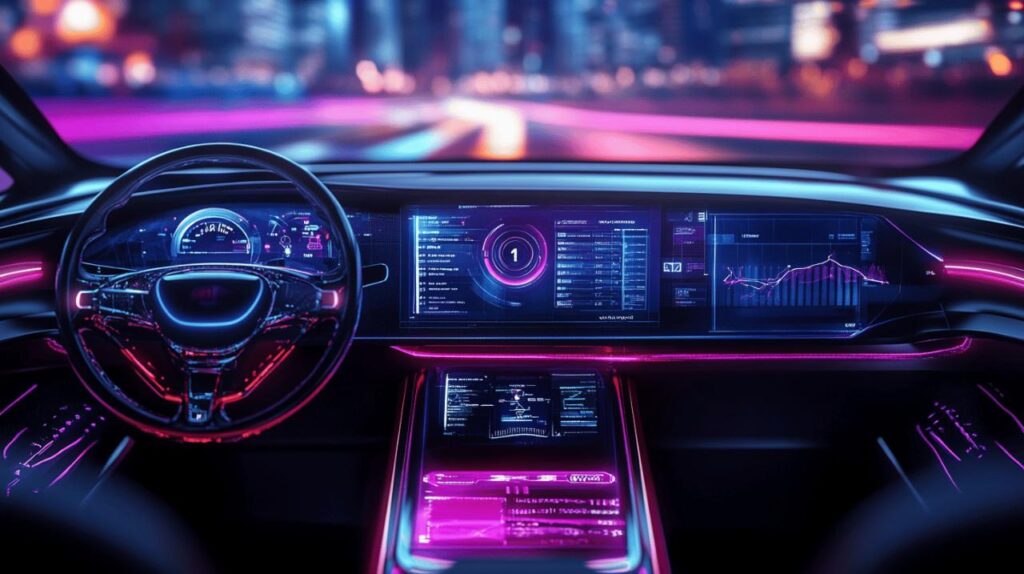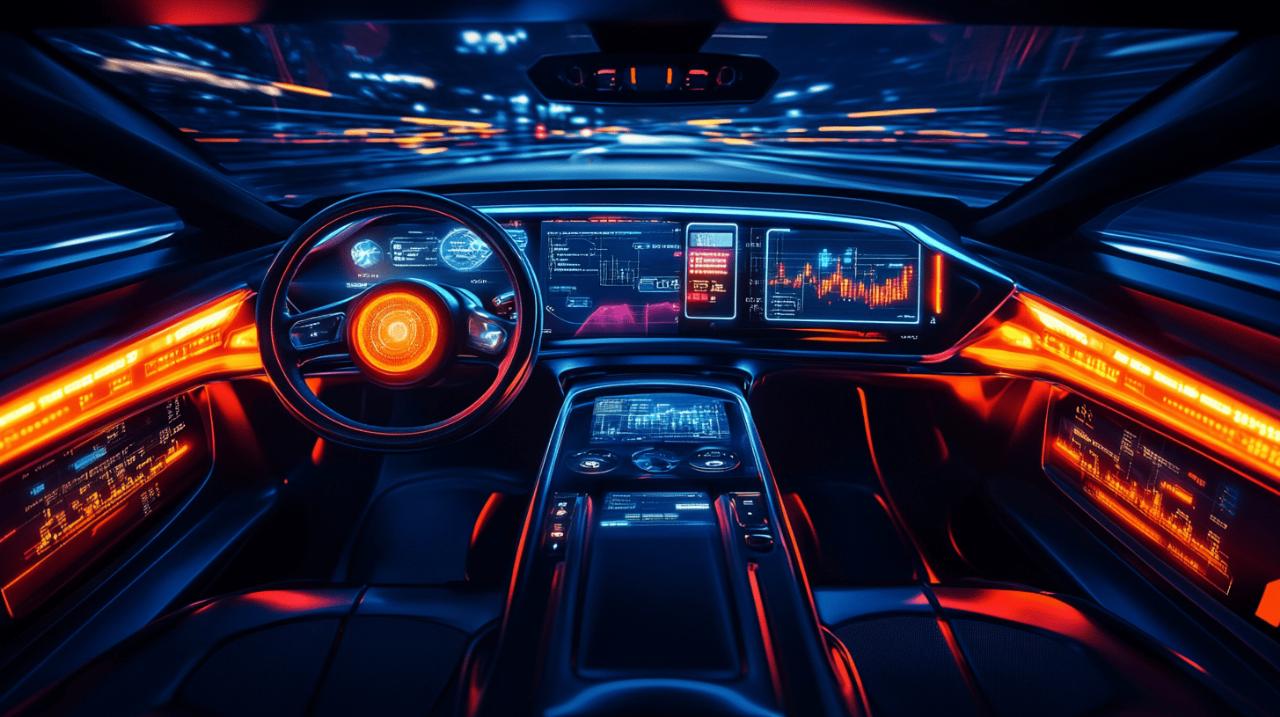Leveraging eye-tracking heat maps to enhance b2c online store conversion rates

Eye-tracking heat maps reveal crucial patterns in visitor attention that can transform B2C online stores into conversion powerhouses. By tracking exactly where customers look and click, store owners gain invaluable insights to optimize their digital storefronts and boost sales.
Understanding eye-tracking heat maps
Eye-tracking heat maps use visual representation to show exactly how users interact with an ecommerce website. These visual tools help optimize important elements by revealing real user behavior patterns through color-coded data, allowing store owners to make strategic design decisions based on actual customer interactions rather than assumptions.
What heat maps reveal about user behavior
Heat maps display user attention patterns using warm and cold colors – red and orange highlight the most viewed areas while blue and green indicate sections with minimal engagement. These visual representations identify hotspots of activity, showing precisely where visitors focus their attention, how far they scroll, and what elements they interact with most. This data reveals valuable insights about product placement effectiveness, visual hierarchy, and potential conversion obstacles. You can discover on https://puntolog.com/ helpful resources for implementing these insights into your store design.
Types of Heat Maps for Online Stores
B2C online stores can utilize several heat map varieties to gain comprehensive understanding of user behavior. Click maps display exactly where users click, helping optimize call-to-action buttons and navigation elements. Scroll maps reveal how far visitors explore down a page, informing content length decisions. Move maps track mouse movements across the screen, while eye-tracking heat maps specifically measure where customers look, capturing their visual journey through your store. Tools like Hotjar, Crazy Egg and VWO offer these capabilities at various price points, with some providing limited free functionality for smaller businesses.
Optimizing store elements based on heat map data
Visual heatmaps generated through eye-tracking technology represent a powerful optimization tool for B2C online stores seeking to boost their conversion rates. These heat maps use color coding—with red and orange indicating highly-viewed areas and blue and green showing less interaction—to visually represent user attention patterns across webpages. By analyzing this data, e-commerce businesses can make strategic decisions about element placement and design that align with natural user visual behavior.
Eye-tracking heat maps offer significant advantages for online retailers. They provide intuitive visual data that’s easy to interpret, can be implemented with relatively little investment, and allow for quick analysis of different webpage versions. Tools like Hotjar, Crazy Egg, and VWO offer varying capabilities for tracking user interactions through click maps, scroll maps, and move heat maps that complement traditional eye-tracking data.
Strategic product placement using visual attention patterns
Leveraging eye-tracking heat map data allows B2C online stores to optimize product placement based on actual visual attention patterns. By identifying the hotspots—areas with the most user activity—retailers can strategically position their most profitable or promotional items where customers naturally look first. This visual user interaction data helps determine which products receive the most attention and which may be overlooked due to their placement.
Heat map analysis reveals how users engage with product page information, enabling retailers to refine layouts for maximum impact. For instance, if heat maps show limited attention to product descriptions below the fold, businesses might restructure pages to place critical information higher. Understanding scroll patterns through scroll maps further informs decisions about content length and product showcase strategies. This data-driven approach minimizes bounce rates and enhances the customer journey by aligning site structure with natural viewing behaviors.
Redesigning call-to-action buttons for maximum impact
Call-to-action buttons represent critical conversion points in the e-commerce customer journey. Eye-tracking heat maps provide valuable insights into whether CTAs are receiving adequate visual attention or being missed entirely. By analyzing where users look before making purchasing decisions, businesses can redesign buttons with contrasting colors, compelling text, and optimal sizing to draw attention at the right moment in the browsing experience.
The strategic redesign process should follow a structured approach: first setting clear goals and hypotheses about CTA performance, then collecting heat map data, implementing changes based on visual attention patterns, and finally measuring conversion metrics to validate improvements. Mobile-friendly design considerations are particularly important, as heat maps often reveal different interaction patterns between desktop and mobile users. A/B testing various CTA designs while monitoring cart abandonment rates helps identify the most effective configurations for driving conversions across different customer segments and devices.



